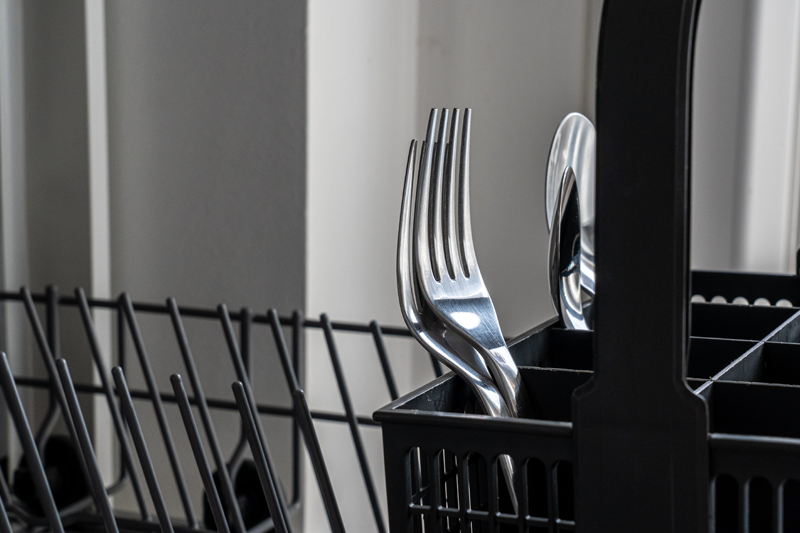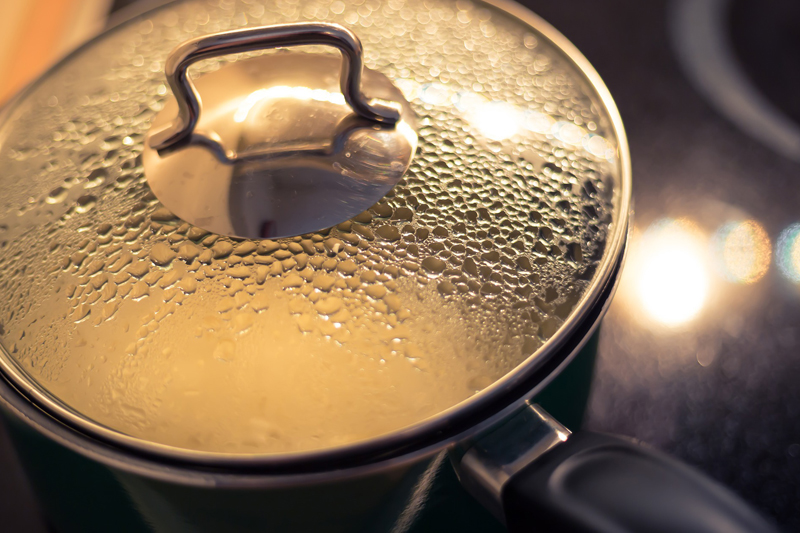How to save money on your energy bills by using less water
Heating water accounts for around 25% of all the energy used in our homes, so by using less water you could make significant savings on your energy bills.
Following the recent spike in the price of gas and electricity, we want to help you save money on your bills by sharing our top tips on how to use less hot water.
Using less hot water and energy will also help you to have a positive impact on the environment and save money on your water bill if you’re on a meter.
Showering and bathing
Baths and showers account for around a third of all water used in the home. Although it's an important part of our daily routines, there are simple ways to reduce your water and energy usage in these areas.
Most people fill their bathtubs around two thirds full, which uses around 80 litres of water, whereas a short shower uses a lot less. If you prefer a bath to a shower, try filling it up a little less. If you have children, add a little bubble bath to the tub when bathing them and they won't even notice there's less water!
There are also a few ways you can save water and energy in the shower. The average shower uses around 12 litres of water a minute, which adds up to around 60 litres for a five-minute shower. Try reducing the length of your shower by a minute or two a few times a week. You could also turn the flow off while you apply shampoo.
Fitting a water-efficient showerhead is another great way to make savings. They use around six litres of water a minute, which is half the amount of a standard showerhead.


Washing clothes
Washing machines are also big water and energy consumers. A standard modern washing machine uses around 50 litres of water per cycle, and the average household in the UK does around 270 washes per year.
You can reduce the number of times you need to put on a wash by wearing certain items of clothing more than once and only putting a wash on when you have a full load. You could introduce a ‘worn but not washed’ drawer or pile – lots of clothing manufacturers state certain items shouldn’t be washed too frequently.
Another way to use less energy when washing your clothes is to use your machine’s eco setting or turn the temperature down to 30 degrees. Washing your clothes at a lower temperature can lead to an energy saving of 35-59% according to a report by the University of Surrey.
Doing the dishes
If you leave the hot tap running while doing the washing up, you could be wasting a huge amount of water and energy. We recommend using a dishwasher, if you have one, as they tend to use less water and energy than washing up by hand. The majority of modern dishwashers use 12 to 13 litres per cycle, whereas handwashing can use around four times this amount a day.
To save water and energy, try using your dishwasher’s eco setting. We also recommend waiting for a full load before doing the dishes, whether you have a dishwasher or use a washing up bowl. This will help you to avoid using more hot water than is necessary.
If you only have a washing up bowl, only fill it halfway. Additionally, when waiting for your water to turn hot while running your tap, remember to collect the water – it can be used for cooking, watering plants and even flushing the toilet.


Cooking
It’s more energy efficient to boil your water in a kettle than on a hob. Once it has boiled, you can then transfer it to a saucepan.
Only use the amount you need as it will take less time to come to the boil. Covering your pan with a lid will also help you to use less energy.
Have you thought about steaming vegetables instead of boiling them? This process uses less energy and water and can also help the vegetables to retain more of their nutrients. After the water has cooled down, it can be used in your garden or to water house plants.
More ways to save energy and water
We have a number of other helpful tips to help you use less water in your home and garden on our saving water page.
Water supply customers can also order a free water-saving pack by signing up to our handy water-saving calculator.
If you’re looking for more ways to save money on your energy bills, take a look at the advice on the Energy Saving Trust's website.
And don't forget if you, or someone you know, is struggling to pay their water bill, we can offer help and support.

